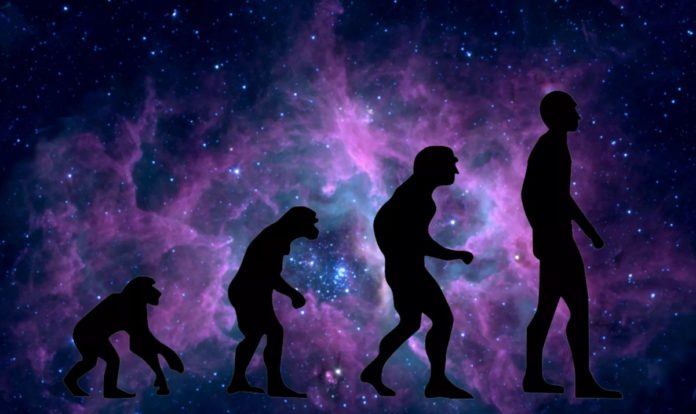The skeleton of an ancient primate that lived millions of years ago helped a team of scientists solve the mystery of how early human ancestors could have evolved to an upright posture.
The arm bones of the primate Ardipithecus ramidus, which lived 4.4 million years ago, were compared to the limbs of other fossil primates, apes, and humans. This allowed the researchers to determine the type of locomotor behavior, the mode they used to move from one place to another, and the probable evolution related to humans.
- Does This Mean We Stopped Being Animal and Started Being Human Due to ‘Copy Paste’ Errors?
- The One Lifestyle Choice That Could Reduce Your Heart Disease Risk By More Than 22%
- Aging: This Is What Happens Inside Your Body Right After Exercise
- Immune-Boosting Drink that Mimics Fasting to Reduce Fat – Scientists ‘Were Surprised’ By New Findings
- Gun Violence in America: What They Don’t Talk About at the Debate
According to the study conducted by a team of scientists from Texas A&M University, the primate’s arm had a characteristic morphology similar to chimpanzees and bonobos, which means that the primate moved by brachiating, that is, swinging between the branches of the trees with the help two arms.
When comparing the primate species Ardipithecus, 4.4 million years old, and Australopithecus, 3.2 million years old, they also noted an important evolutionary leap, since this transition occurred when hominins began to adapt to an upright posture characteristic of the humans.
“Our results suggest that the first hominins evolved from an ancestor with a varied positional repertoire that included suspension and vertical climbing, which directly affects the viable range of hypotheses about our origin,” the study authors explain.
Furthermore, the study adds that this evolutionary change in hand morphology between Ardipithecus and Australopithecus opens up more questions about the coevolution of hominin hand-use capabilities and the bipedalism initially proposed by Darwin.
- Does This Mean We Stopped Being Animal and Started Being Human Due to ‘Copy Paste’ Errors?
- The One Lifestyle Choice That Could Reduce Your Heart Disease Risk By More Than 22%
- Aging: This Is What Happens Inside Your Body Right After Exercise
- Immune-Boosting Drink that Mimics Fasting to Reduce Fat – Scientists ‘Were Surprised’ By New Findings
- Gun Violence in America: What They Don’t Talk About at the Debate
Some anatomical studies conducted in the early 20th century supported the hypothesis that humans evolved from a creature that bore a certain resemblance to apes. However, the well-preserved arms of the primate Ardipithecus ramidus, found in Ethiopia, have led researchers to believe that hominins had an ancestor with a more generalized primate form without pronounced features.
